While many birds scoop, tear, or peck at their food, hummingbirds have developed a unique feeding mechanism that allows them to extract nectar from flowers with astonishing precision. This article explores the remarkable structure and function of the hummingbird’s straw-like beak, its evolutionary significance, and how this specialized adaptation has shaped these tiny birds’ ecological relationships. From remarkable anatomy to specialized feeding behaviors, the hummingbird’s drinking apparatus represents one of nature’s most elegant solutions to the challenge of nectar feeding.
The Unique Anatomy of the Hummingbird’s Bill

Unlike conventional bird beaks that open like hinged pliers, the hummingbird’s bill has evolved into something far more specialized. The long, thin bill houses an even more remarkable structure – a specialized tongue that functions like a drinking straw but with additional complexities. This tongue can extend far beyond the tip of the bill, sometimes reaching nearly twice the length of the beak itself. When viewed under microscopic examination, the tongue reveals tiny hair-like structures called lamellae that form channels through which nectar can flow. The entire feeding apparatus represents a remarkable case of evolutionary adaptation specifically designed for extracting nectar from tubular flowers.
How the Hummingbird’s Drinking Mechanism Actually Works
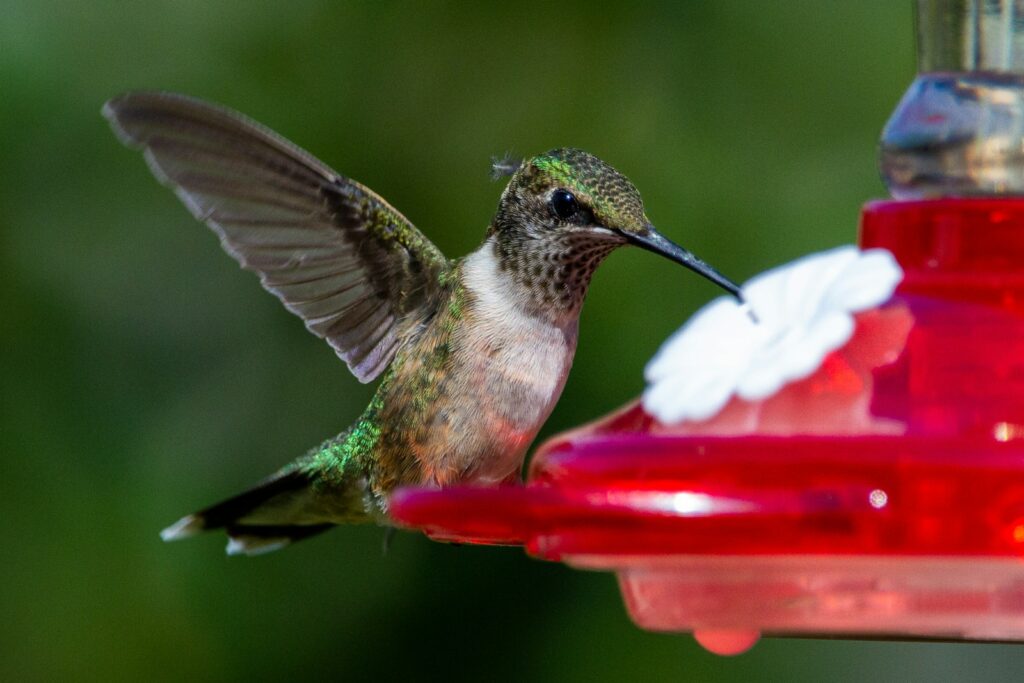
The mechanics of how hummingbirds drink has fascinated scientists for generations, with recent high-speed video research revealing surprising details. Unlike conventional straws that require suction, hummingbirds employ a sophisticated mechanism called capillary action – the same physics principle that allows paper towels to absorb water. When the bird extends its tongue into nectar, the forked tip separates and tiny grooves along the tongue’s surface automatically fill with liquid through this capillary action. As the tongue retracts, the tips roll inward, trapping the nectar, while the bill compresses the tongue, squeezing the nectar toward the throat. This pump-like action can be repeated up to 20 times per second, allowing the bird to consume significant amounts of nectar despite its tiny size.
Evolutionary Development of the Straw-Like Beak
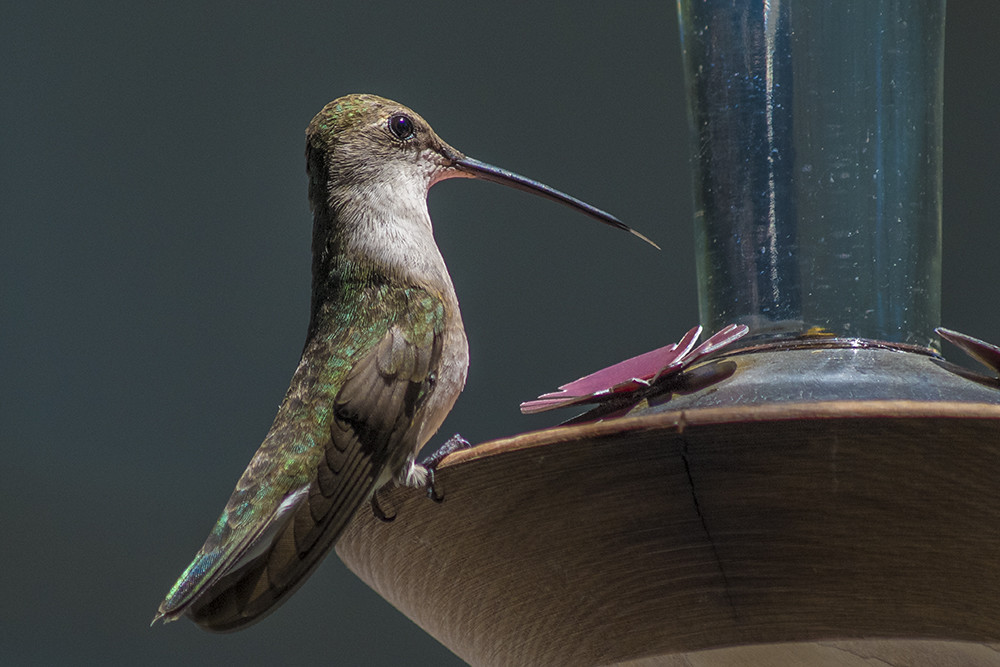
The hummingbird’s specialized feeding apparatus didn’t appear overnight but evolved gradually over millions of years through natural selection. Scientists believe the earliest hummingbird ancestors likely had more conventional beaks adapted for catching insects. As these birds began supplementing their diets with flower nectar, individuals with slightly longer bills and more specialized tongues gained a feeding advantage, particularly for accessing nectar in deep, tubular flowers that other birds couldn’t reach. Over countless generations, this selection pressure resulted in the extraordinary specialization we see today. Fossil evidence suggests the modern hummingbird beak structure emerged approximately 30-40 million years ago, coinciding with the diversification of flowering plants that benefit from bird pollination.
Record-Breaking Diversity in Beak Shapes
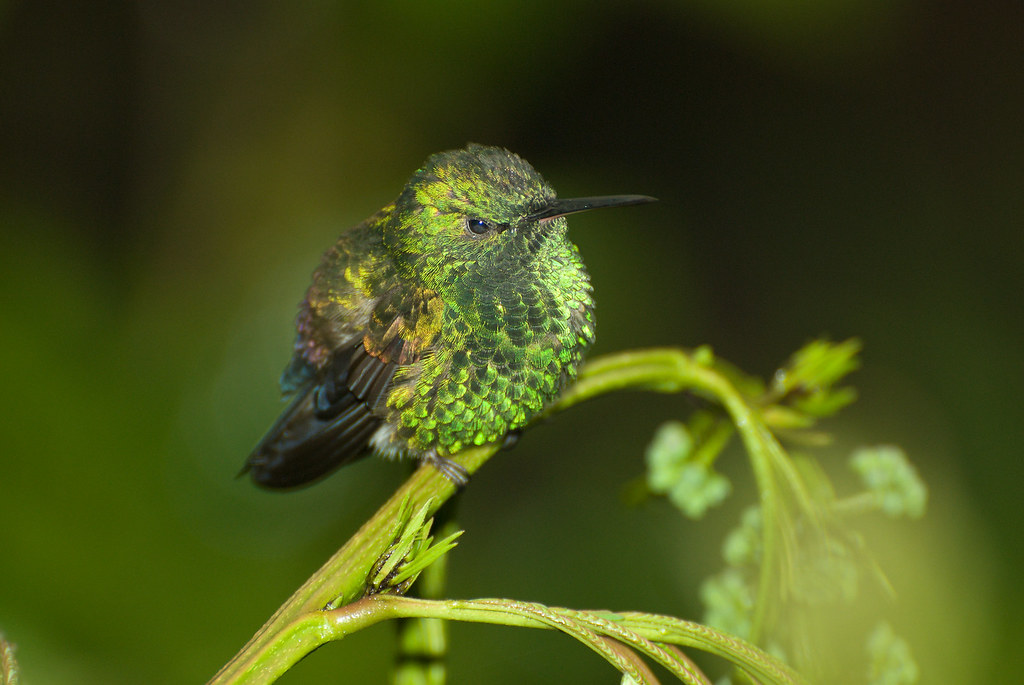
While all hummingbirds share the basic “straw” mechanism, the family shows remarkable diversity in beak shapes adapted to different flower types. The sword-billed hummingbird (Ensifera ensifera) boasts the most extreme adaptation, with a bill longer than its entire body, specialized for feeding from extremely long, tubular flowers that no other bird can access. At the other extreme, species like the purple-crowned fairy (Heliothryx barroti) have short, straight bills perfect for flowers with shorter corollas. Some species even have curved bills that precisely match the shapes of their preferred flower species, demonstrating remarkable co-evolutionary relationships. This diversity of bill shapes across over 360 hummingbird species represents one of the most striking examples of adaptive radiation in the bird world.
The Physics of Nectar Feeding
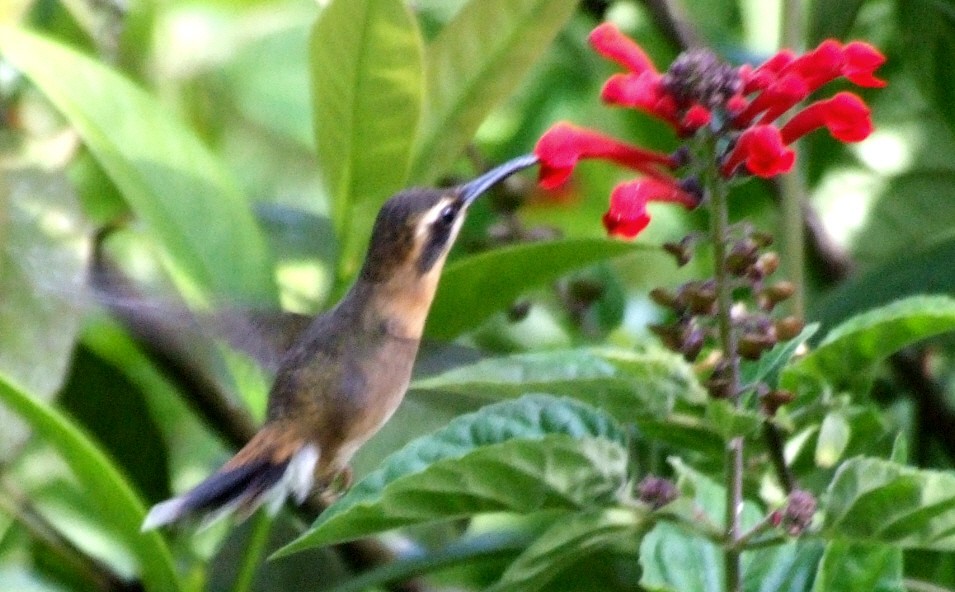
The mechanics of hummingbird feeding involve sophisticated fluid dynamics that have only recently been understood through high-speed imaging. Scientists discovered that hummingbirds can extract nectar at rates far exceeding what would be possible with simple capillary action alone. They achieve this through a combination of elastic energy storage in the tongue’s lamellae and precise timing of tongue compression within the bill. Each feeding cycle involves extending the tongue, allowing the lamellae to open and fill with nectar, then rapidly retracting while compressing the tongue against the upper bill. The physics of this system is so efficient that engineers have studied it as inspiration for designing microfluidic pumps for medical applications. Recent research also suggests that hummingbirds can actively control the shape of their tongues during feeding to optimize nectar collection from different flower types.
Extraordinary Energy Demands and Feeding Frequency
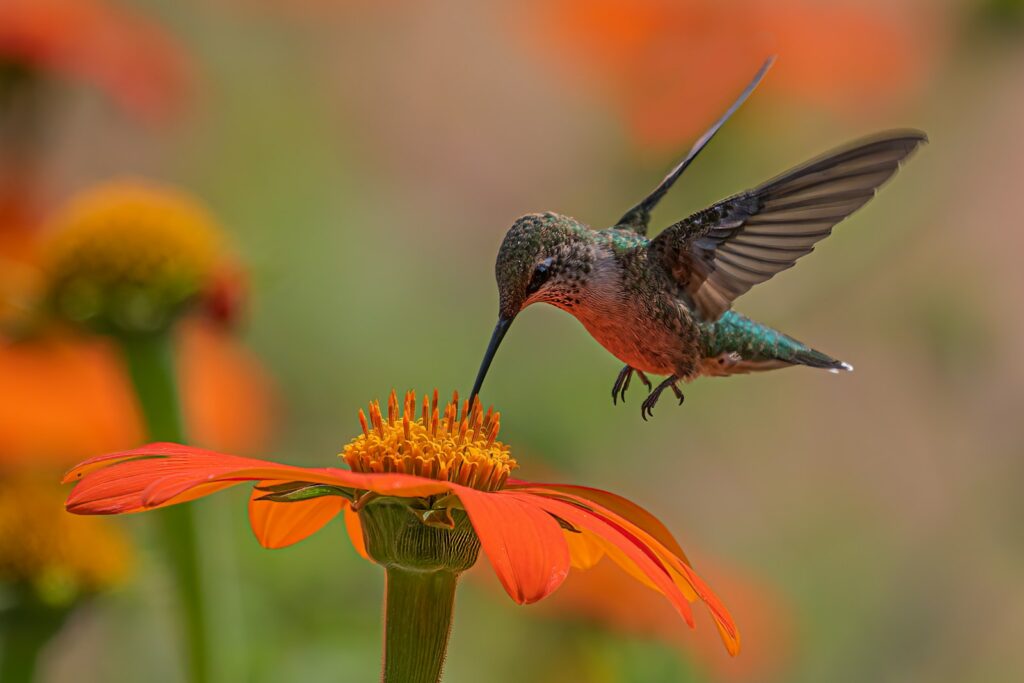
The specialized straw-like feeding apparatus of hummingbirds enables them to meet extraordinary energy demands that would otherwise be impossible. A hummingbird typically consumes more than its own body weight in nectar each day, with some species visiting over 2,000 flowers daily to meet their energy requirements. Their rapid metabolism – the fastest of any bird – requires them to feed every 10-15 minutes throughout daylight hours just to survive. The efficiency of their specialized feeding mechanism is critical to their survival, as it allows them to extract energy-rich nectar quickly while hovering – an energetically expensive activity that burns calories at a tremendous rate. Without their specialized straw-like beaks and tongues, hummingbirds simply could not maintain their high-energy lifestyle or their remarkable hovering abilities.
Beyond Nectar: Adaptations for Insect Feeding
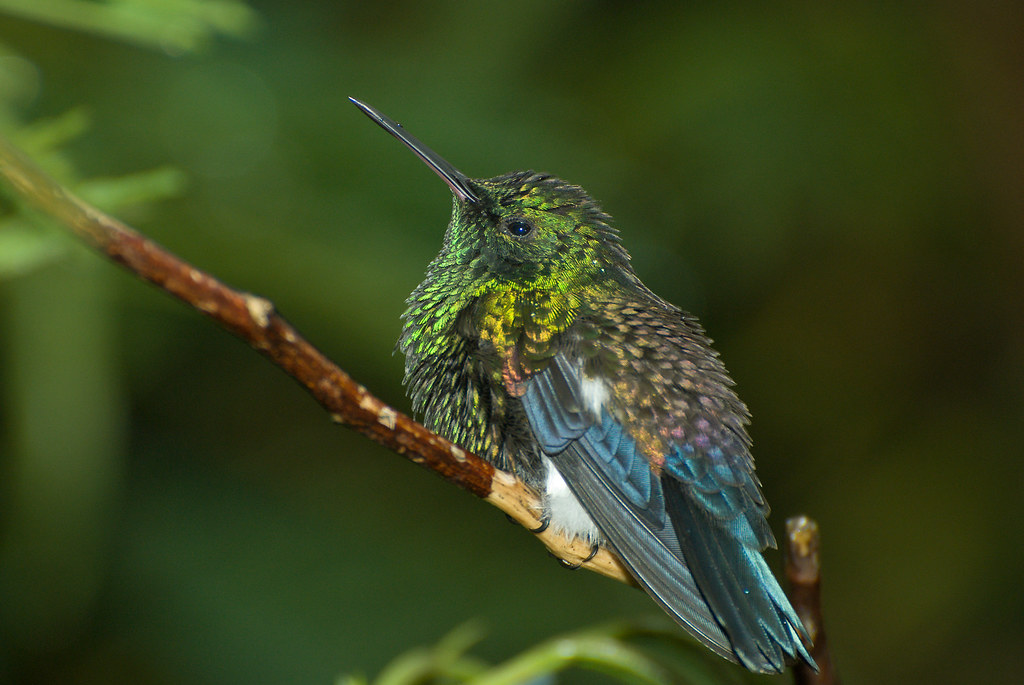
While the hummingbird’s bill is primarily adapted for nectar feeding, these birds also require protein in their diets, which they obtain by catching tiny insects. Their specialized bills have retained enough versatility to function effectively in insect capture, with many species catching small flies, gnats, and spiders mid-air or plucking them from spider webs. Some species even engage in a behavior called “hawking,” where they perch and make short flights to snatch passing insects. The tip of the bill often has small serrations that help secure slippery prey, and the tongue can be used to flick insects into the throat. This dual functionality of the specialized bill – serving as both nectar straw and insect-catching tool – highlights the remarkable evolutionary compromises that have shaped these specialized feeding structures.
Coevolution With Flowering Plants
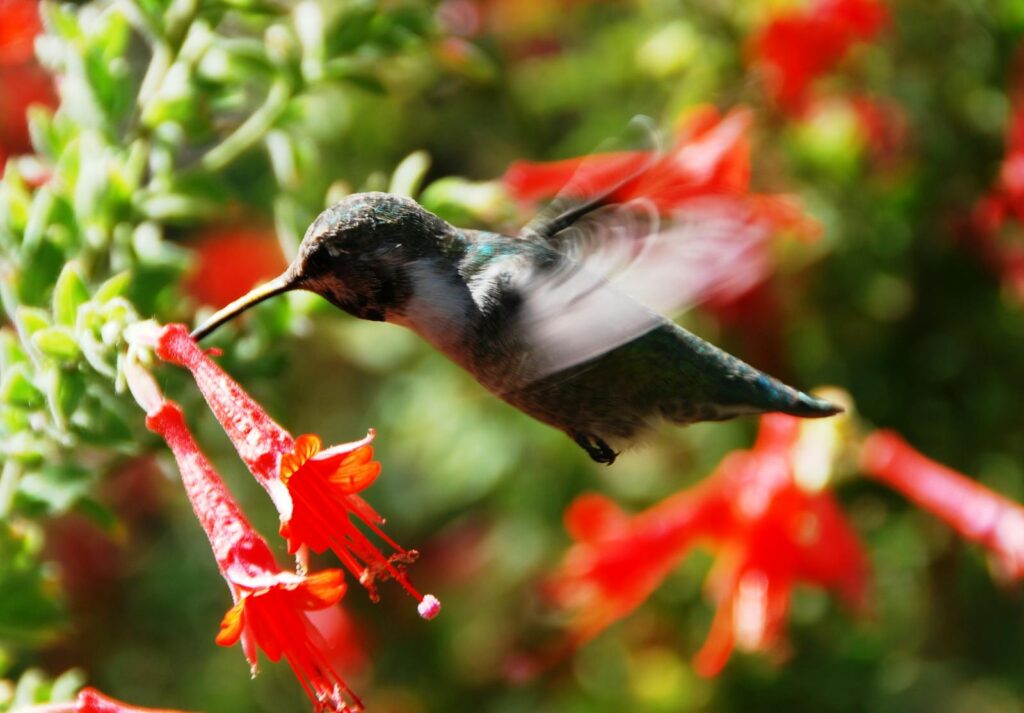
The relationship between hummingbirds and the flowers they feed from represents one of nature’s most perfect examples of coevolution. Many plant species have evolved tubular, brightly colored (especially red) flowers specifically to attract hummingbirds while excluding insect pollinators. These flowers typically produce copious amounts of dilute nectar perfectly suited to hummingbird feeding mechanisms. As the birds insert their specialized beaks and tongues to reach the nectar, pollen attaches to their foreheads or bills, which is then transferred to the next flower they visit. This mutualistic relationship benefits both species – the birds receive energy-rich food, while plants gain reliable pollinators that can carry pollen over long distances. Some plant species have even evolved flowers whose shapes precisely match the bills of specific hummingbird species, ensuring exclusive pollination relationships.
Comparing Hummingbird Feeding to Other Nectar Specialists
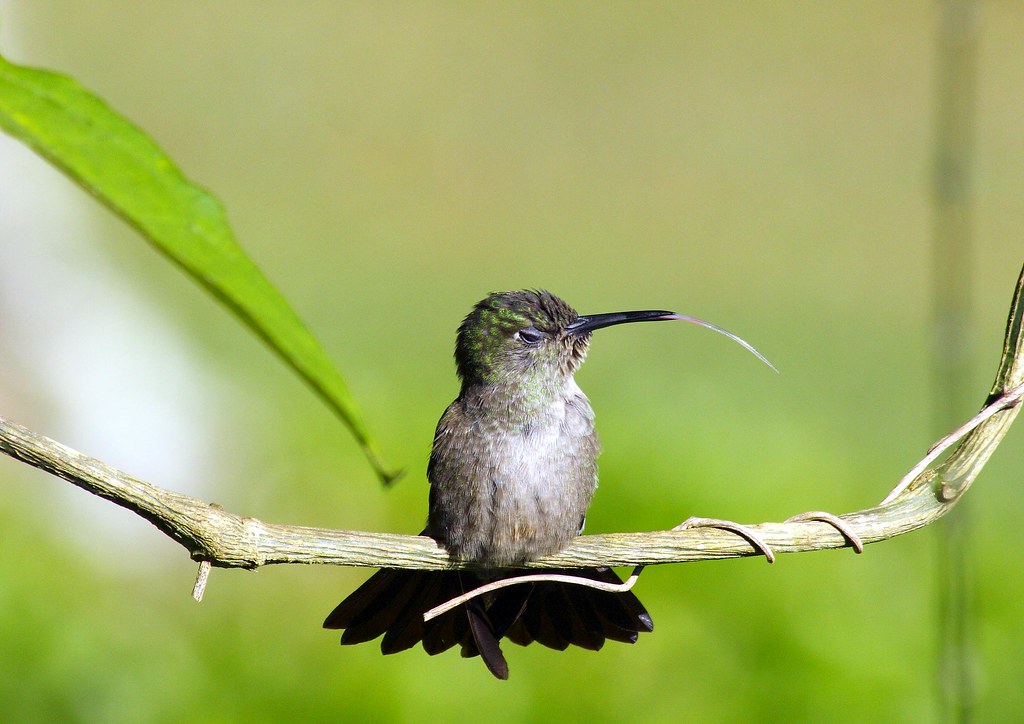
The straw-like feeding mechanism of hummingbirds represents a remarkable case of convergent evolution when compared to other nectar-feeding animals. Butterflies and moths have evolved proboscises that function as drinking straws, allowing them to extract nectar from deep floral tubes. Honey possums and certain bat species have developed elongated snouts and brush-like tongues that serve similar functions. Even some unrelated bird families, like the sunbirds of Africa and Asia and the honeyeaters of Australasia, have evolved partially tubular beaks for nectar feeding. However, the hummingbird’s feeding system remains unique in its combination of precision, efficiency, and the remarkable hovering ability that accompanies it. While other nectar specialists have developed somewhat similar solutions, none matches the sophisticated pump-action system that hummingbirds employ.
Threats to Specialized Feeders in Changing Environments
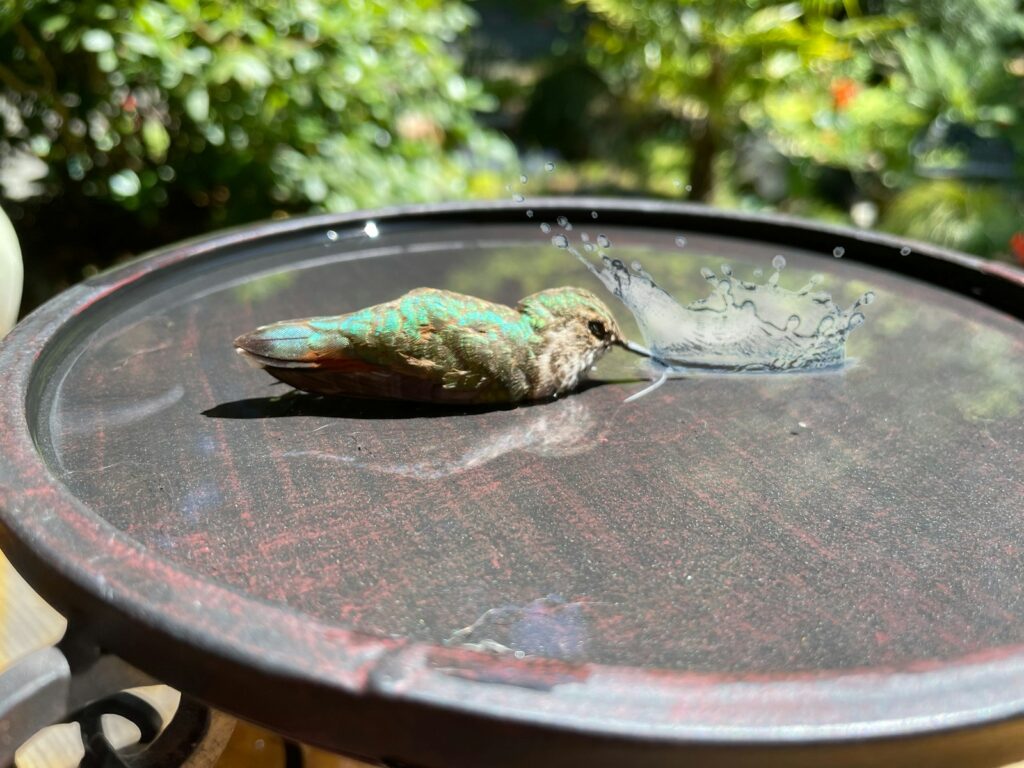
The highly specialized feeding apparatus of hummingbirds, while remarkable, creates potential vulnerabilities in the face of environmental change. Species with extremely specialized bills adapted to specific flower types face significant risks if those plant species decline. Climate change is already shifting flowering patterns in many regions, potentially creating mismatches between hummingbird migration timing and the availability of their preferred nectar sources. Habitat destruction further threatens specialized plant-pollinator relationships that have evolved over millions of years. Conservation efforts for hummingbirds must therefore focus not just on the birds themselves, but on preserving the complex ecological communities they depend on. Recent research suggests that some hummingbird species show flexibility in adapting to new food sources, which may provide some resilience to environmental change.
Artificial Feeding and Human Interactions
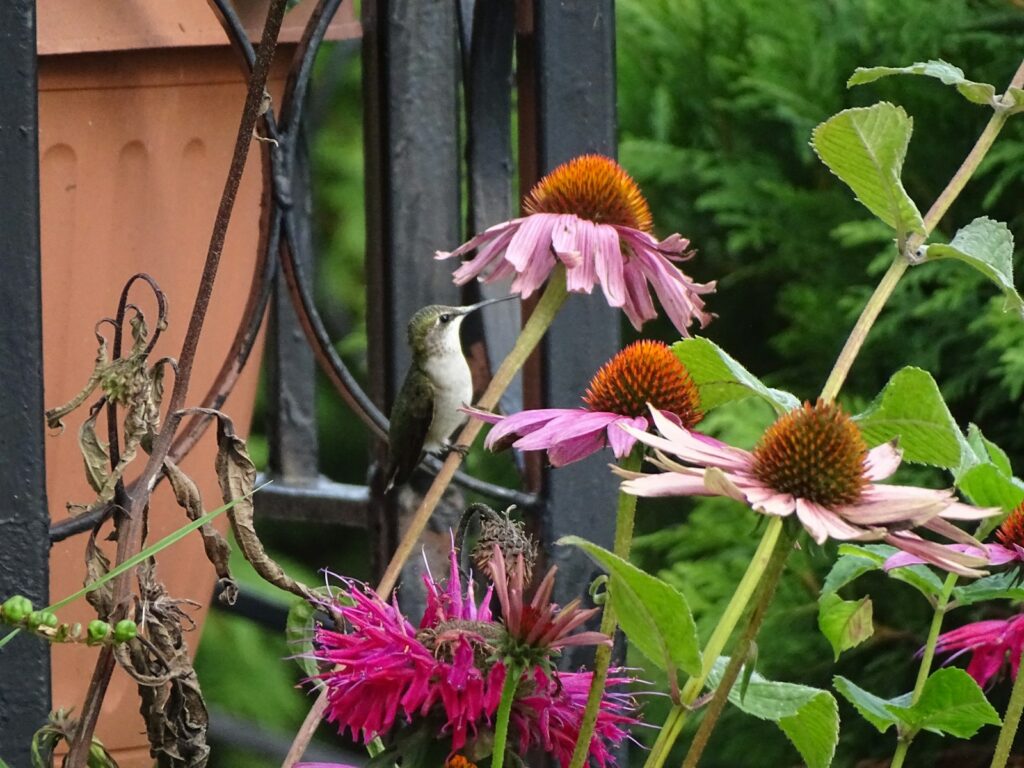
The specialized feeding apparatus of hummingbirds has created unique opportunities for human observation and interaction through artificial feeding. Hummingbird feeders, filled with sugar water that mimics natural nectar, have become immensely popular, allowing these birds to thrive in urban and suburban environments. The birds’ specialized bills and tongues adapt perfectly to these artificial nectar sources, extending their feeding opportunities beyond natural flowers. However, proper feeder maintenance is essential, as dirty feeders can harbor harmful bacteria and fungi that can cause deadly tongue infections. Wildlife biologists recommend regular cleaning and using the correct sugar concentration (one part sugar to four parts water) to provide healthy supplemental nutrition. Research indicates that responsible artificial feeding can benefit hummingbird populations, particularly during migration when natural food sources may be limited.
Technological Applications Inspired by Hummingbird Feeding
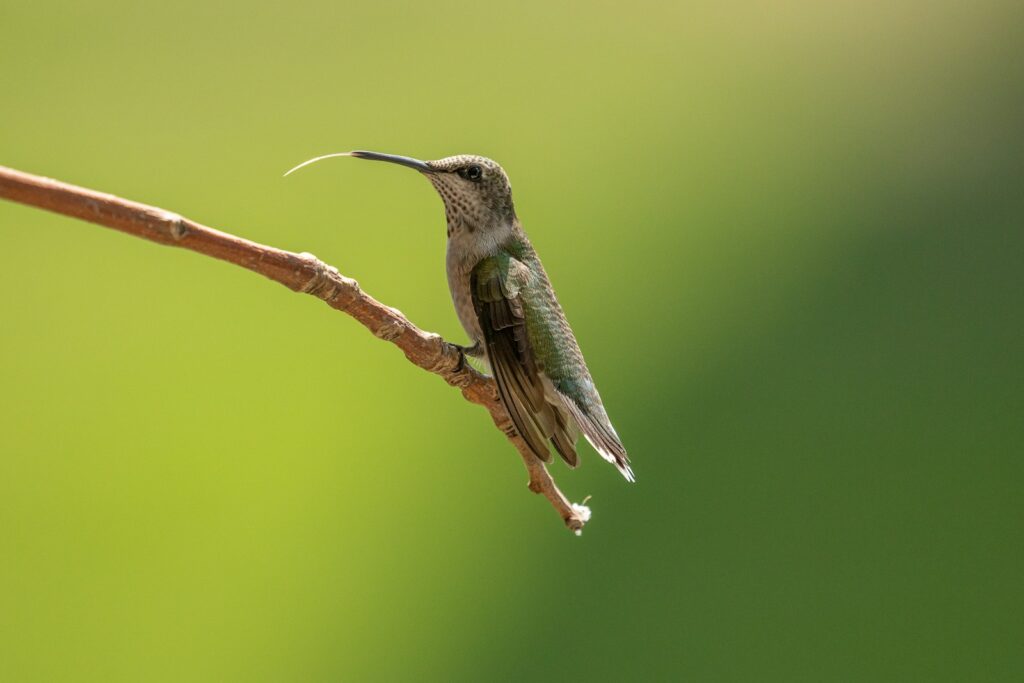
The remarkable efficiency of the hummingbird’s straw-like feeding mechanism has inspired various technological innovations in fields ranging from medicine to robotics. Engineers studying microfluidics have examined the capillary action and elastic properties of hummingbird tongues to develop more efficient fluid handling devices for medical diagnostic tools. The precise control hummingbirds exhibit over their feeding apparatus has informed designs for micro-robotic manipulators used in minimally invasive surgeries. Drone designers have studied not only the hovering capabilities of hummingbirds but also their ability to precisely position their bills for feeding, leading to improvements in stabilization systems for small aerial vehicles. These biomimetic applications demonstrate how natural selection has often produced solutions that surpass human engineering, providing valuable models for technological development.
Conservation Implications and Future Research
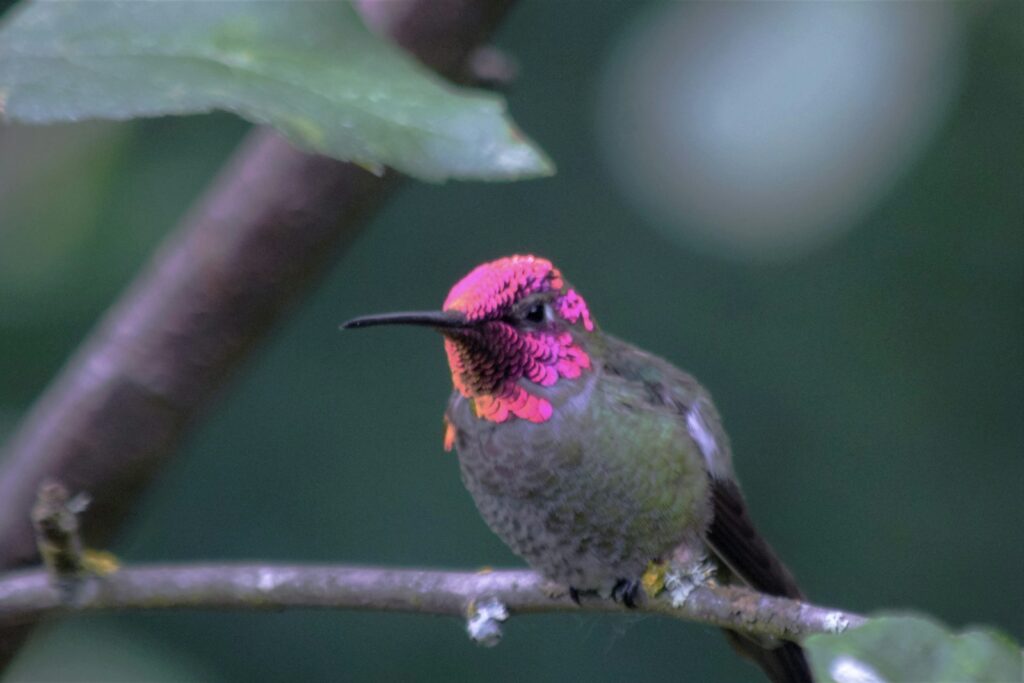
Understanding the specialized feeding mechanism of hummingbirds has important implications for conservation efforts focused on these charismatic birds. Research into bill morphology and feeding preferences helps identify critical plant species that must be protected to maintain healthy hummingbird populations. Scientists are currently investigating how flexible different hummingbird species are in adapting their feeding techniques to novel flower types or artificial food sources, which may predict their resilience to habitat changes. Emerging research techniques, including miniaturized tracking devices and high-resolution imaging of tongue movements in wild birds, promise to deepen our understanding of these specialized feeders. Conservation initiatives increasingly recognize the need to preserve entire ecological networks rather than focusing solely on individual species, ensuring that the remarkable evolutionary relationship between hummingbirds and their nectar sources continues far into the future.
The hummingbird’s straw-like beak represents one of nature’s most elegant examples of specialized adaptation. Through millions of years of evolution, these tiny birds have developed a feeding mechanism of remarkable efficiency and precision. Their specialized bills and tongues allow them to access energy-rich nectar sources unavailable to most other birds, fueling their extraordinarily high-energy lifestyle. This adaptation has not only shaped their physical characteristics but has also influenced their ecological relationships, behaviors, and geographic distribution. As we continue to study these remarkable birds, we gain deeper insights into evolutionary processes, ecological relationships, and biomechanical principles that may inspire human innovation. Perhaps most importantly, understanding the specialized nature of hummingbird feeding reminds us of the delicate balance of nature and the importance of preserving the complex ecological networks upon which these extraordinary birds depend.
